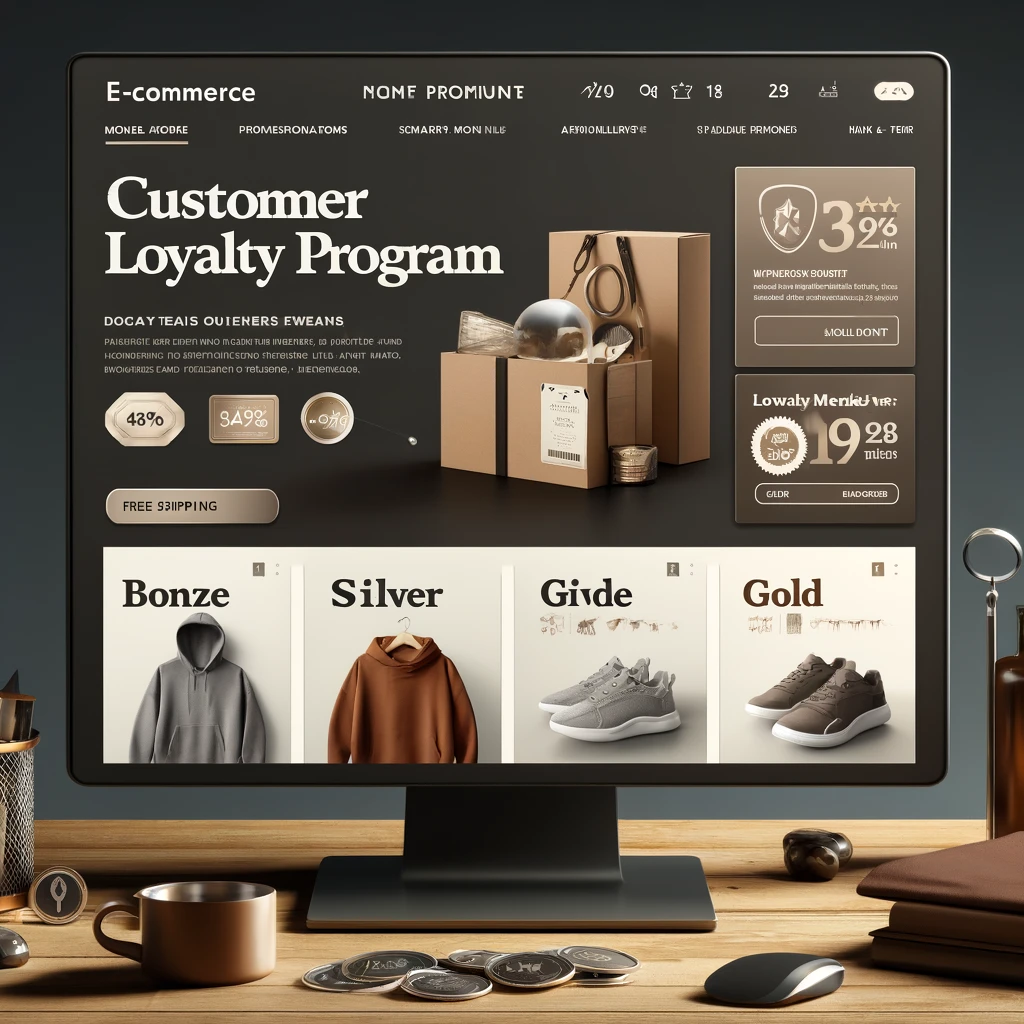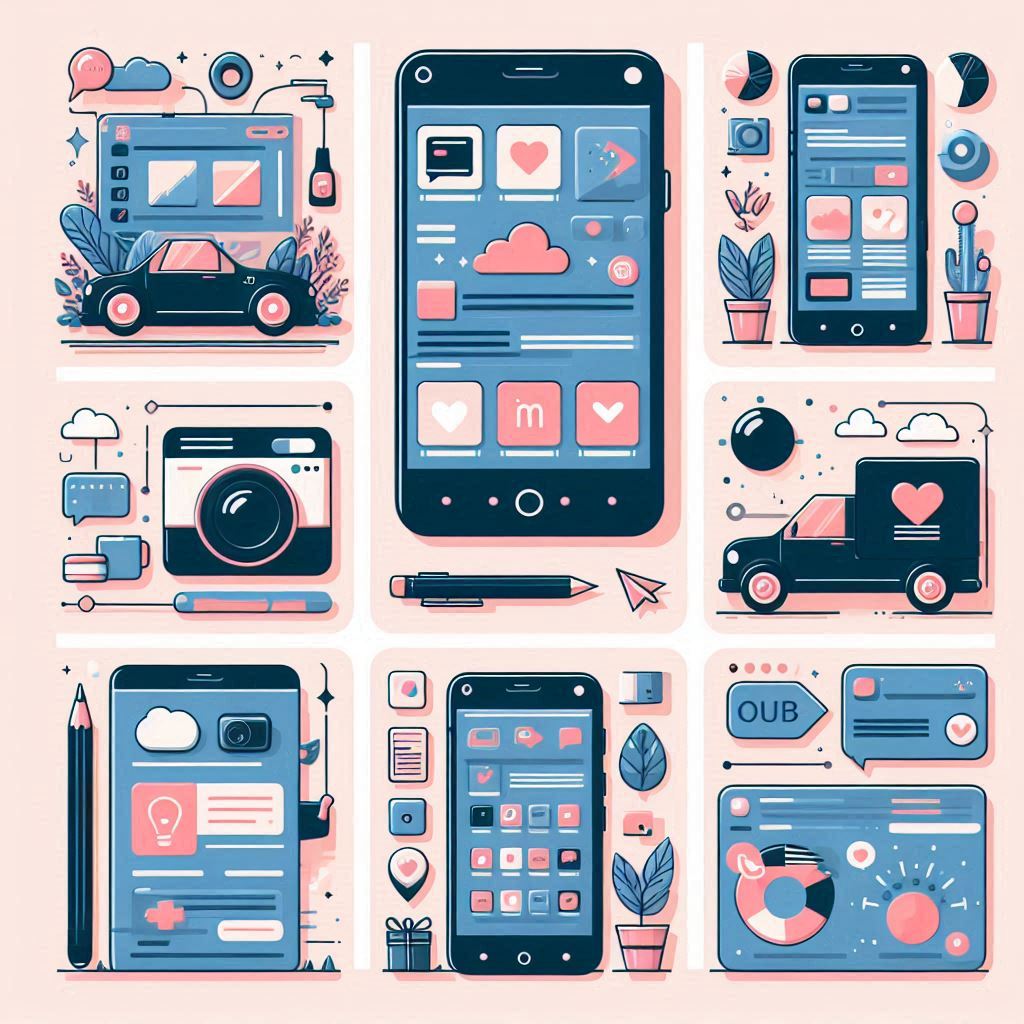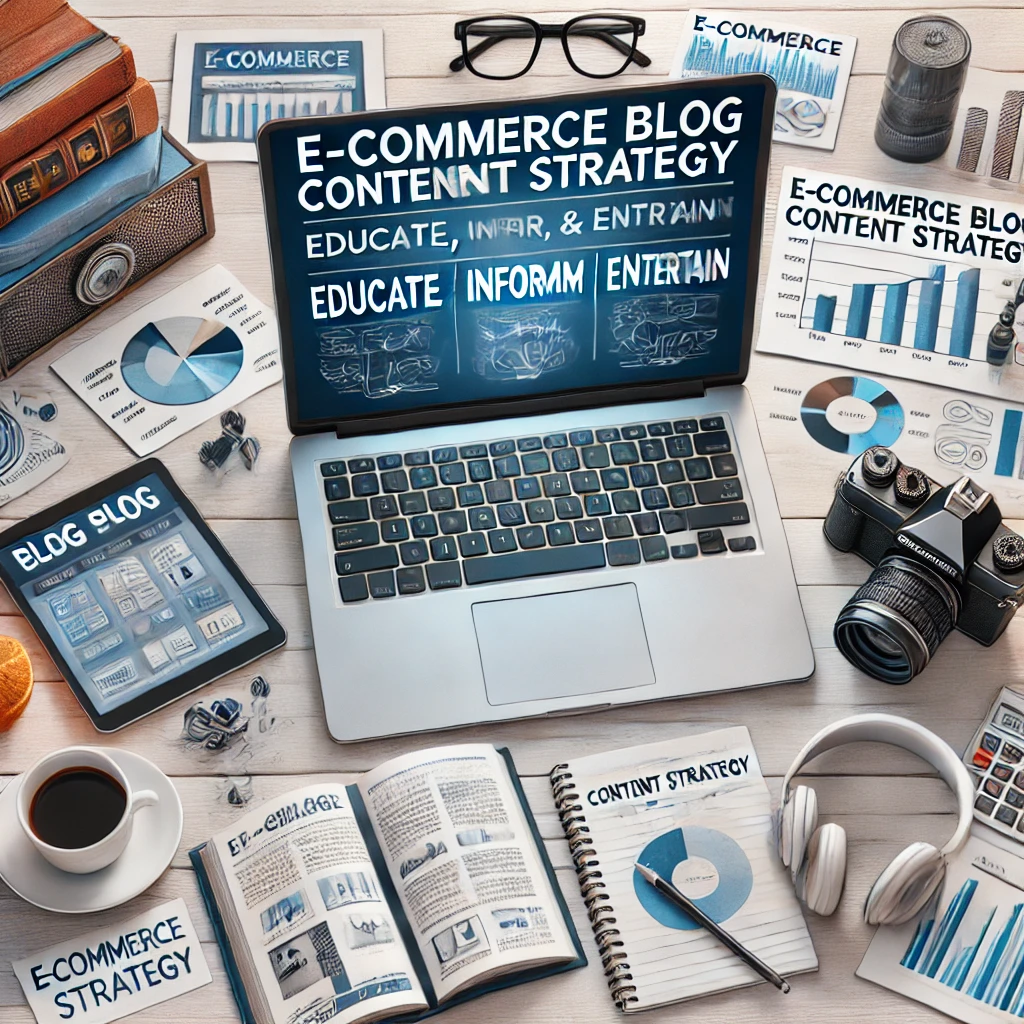
Here’s a customer loyalty program designed for an e-commerce business, focusing on rewards, incentives, and strategies to drive repeat purchases:
1. Program Structure
- Tier-Based System: Implement a tier-based loyalty program to motivate customers to make more purchases and climb through levels. The program can have three tiers:
- Bronze: Entry-level customers with up to 3 purchases.
- Silver: Customers who make 4-10 purchases annually.
- Gold: Loyal customers with 10+ purchases annually.
Each tier should provide increasing benefits to incentivize repeat purchases.
2. Earning Points
- Points per Dollar Spent: Customers earn points for every dollar spent. For example, 1 point for every $1 spent. Higher tiers could offer more points per dollar (e.g., 1.5x for Silver, 2x for Gold).
- Bonus Points for Referrals: Encourage word-of-mouth by awarding bonus points for every successful referral, helping to attract new customers.
- Special Event Bonuses: Offer double or triple points during special events like holidays or the customer’s birthday to drive sales during peak seasons.
3. Rewards
- Discount Vouchers: Customers can redeem points for vouchers that offer discounts on future purchases. For example, 500 points = $10 off.
- Free Products: Once a customer reaches a certain threshold of points, they can redeem a free product or service related to their past purchases.
- Exclusive Early Access: Offer Gold members early access to new product launches or seasonal sales as a reward for loyalty.
- Free Shipping: Silver and Gold members could enjoy free shipping as a standard perk for their tier.
- Birthday Rewards: Send personalized offers or free products on the customer’s birthday to create a more personalized experience.
4. Incentives for Engagement
- Personalized Offers: Use data on past purchases to offer personalized discounts or product recommendations, which could be more appealing and lead to higher conversion rates.
- Exclusive Content: Offer premium content or guides (e.g., how-to videos, product care tips) for loyalty members to keep them engaged and visiting the website regularly.
- Gamification: Create a sense of excitement by incorporating badges or achievements (e.g., “Super Shopper” for 10+ purchases), encouraging members to reach certain milestones.
5. Retention Strategies
- Reminder Emails: Send automated emails to remind customers about unused points or when they are close to the next tier. Include calls to action like “Only 100 points away from Gold status!”
- Reactivation Offers: If customers become inactive for a certain period, send them a special “Welcome Back” offer, such as double points on their next purchase or a limited-time discount.
6. Exclusive Member Sales
- Members-Only Sales: Offer special flash sales or exclusive discounts only available to loyalty program members to create urgency and a sense of exclusivity.
7. Long-Term Relationship Building
- Feedback Incentives: Reward customers for providing feedback on their purchases or shopping experience with points. This not only enhances customer experience but also improves the business’s offerings.
- Social Sharing Rewards: Give points for customers who share their purchases on social media, further increasing brand awareness and encouraging user-generated content.
8. Partnership Benefits
- Collaborations: Partner with other brands or services to offer cross-promotional rewards, such as points earned from one site being redeemable for products or services on a partner site.
9. Program Promotion
- Visible Throughout the Website: Ensure the loyalty program is easy to find, with clear calls to action to sign up and use it. This should be promoted on key areas like the homepage, product pages, and during checkout.
- App Integration: If your business has an app, integrate the loyalty program into the app experience, allowing customers to track points, redeem rewards, and access personalized offers seamlessly.
By implementing these strategies, the e-commerce business can drive customer loyalty, repeat purchases, and long-term engagement, enhancing customer satisfaction and revenue growth.

